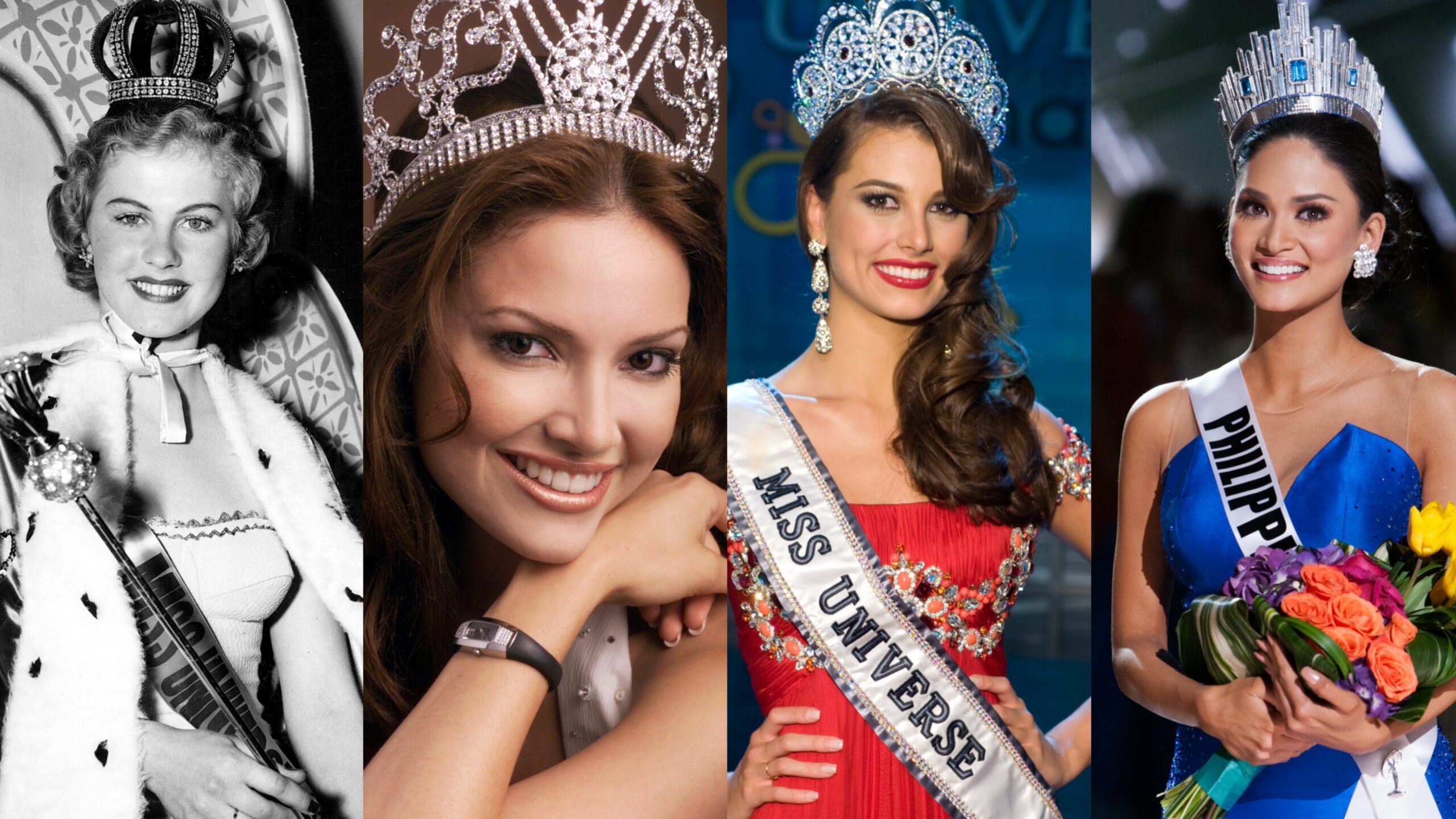Miss World: A Journey of 71 Crown Holders Through Decades of Complexities
Introduction
The Miss World pageant, established in 1951, has evolved into a global spectacle, crowning 71 titleholders over the decades. While the competition has aimed to embody beauty, grace, and cultural diversity, it has also been intertwined with controversies, shifts in societal values, and the ever-changing landscape of global politics. This essay critically examines the complexities of Miss World through the journeys of its crown holders, analyzing their impact on social perceptions, the pageant's own evolution, and the broader implications for women's empowerment and representation.
Beauty and Cultural Representation
Miss World has been both praised and criticized for its focus on physical beauty. Throughout the decades, the competition has emphasized idealized Western standards of beauty, which have often excluded or marginalized women of diverse racial, ethnic, and body types. However, it has also provided a platform for women from underrepresented backgrounds to showcase their beauty and challenge narrow societal definitions.
For example, in 2013, Megan Young of the Philippines became the first Asian woman to be crowned Miss World. Her victory was seen as a breakthrough for Filipino pride and a challenge to stereotypes that limited beauty to Eurocentric features. Similarly, in 1994, Sushmita Sen of India became the first woman from her country to win the title, inspiring countless young girls and women across the subcontinent.
Feminism and Womanhood
The Miss World pageant has been positioned as a celebration of womanhood and female empowerment. However, it has also been critiqued for reinforcing traditional gender roles and objectifying women. Critics argue that the emphasis on physical appearance and the competition format perpetuates patriarchal values that limit women's worth to their societal desirability.
Despite these criticisms, many Miss World titleholders have used their platform to advocate for women's rights and gender equality. For instance, Priyanka Chopra, Miss World 2000, became a vocal advocate for girls' education and gender equality, using her fame to bring attention to important social issues. Similarly, Rolene Strauss, Miss World 2014, has been an active supporter of women's health and well-being.
Global Politics and Cultural Exchange
Miss World has been an arena where global politics and cultural exchange have intersected. The competition has been held in over 40 countries, showcasing different cultures, traditions, and perspectives. At times, the pageant has become embroiled in political controversies, such as the 1970 Miss World pageant, which was disrupted by feminist protesters.
However, Miss World has also been a platform for cultural diplomacy, fostering understanding and appreciation between nations. In 1992, the Miss World pageant was held in South Africa, shortly after the end of apartheid, and was seen as a symbol of hope and reconciliation. Similarly, in 1959, the Miss World pageant in London brought together women from around the world, promoting friendship and international cooperation.
Conclusion
The Miss World pageant has been a complex phenomenon, embodying both the aspirations and contradictions of society. Through the journeys of its 71 crown holders, it has grappled with issues of beauty, cultural representation, gender, and global politics. While it has perpetuated certain societal norms, it has also challenged others, providing a platform for women to showcase their beauty, advocate for their rights, and represent their cultures on a global stage.
As the pageant evolves in the 21st century, it faces new challenges and opportunities. The rise of social media and the increasing awareness of intersectionality and body positivity have sparked conversations about the need for greater diversity and inclusivity in competitions like Miss World. The pageant's ability to adapt to these changing times will determine its relevance and impact in the years to come.
Ultimately, the complexities of Miss World reflect the complexities of society itself. It is a microcosm of both our progress and our enduring challenges in terms of gender equality, cultural understanding, and global cooperation. By critically examining the pageant's journey, we can gain insights into the evolving roles of women, the changing nature of beauty, and the broader implications for human rights and global citizenship.
Takumi Minamino: The Footballer Who Took Japan’s Soccer Team To New Heights
Tetsuya Nomura: The Iconic Game Designer Who Defined The Final Fantasy Series



